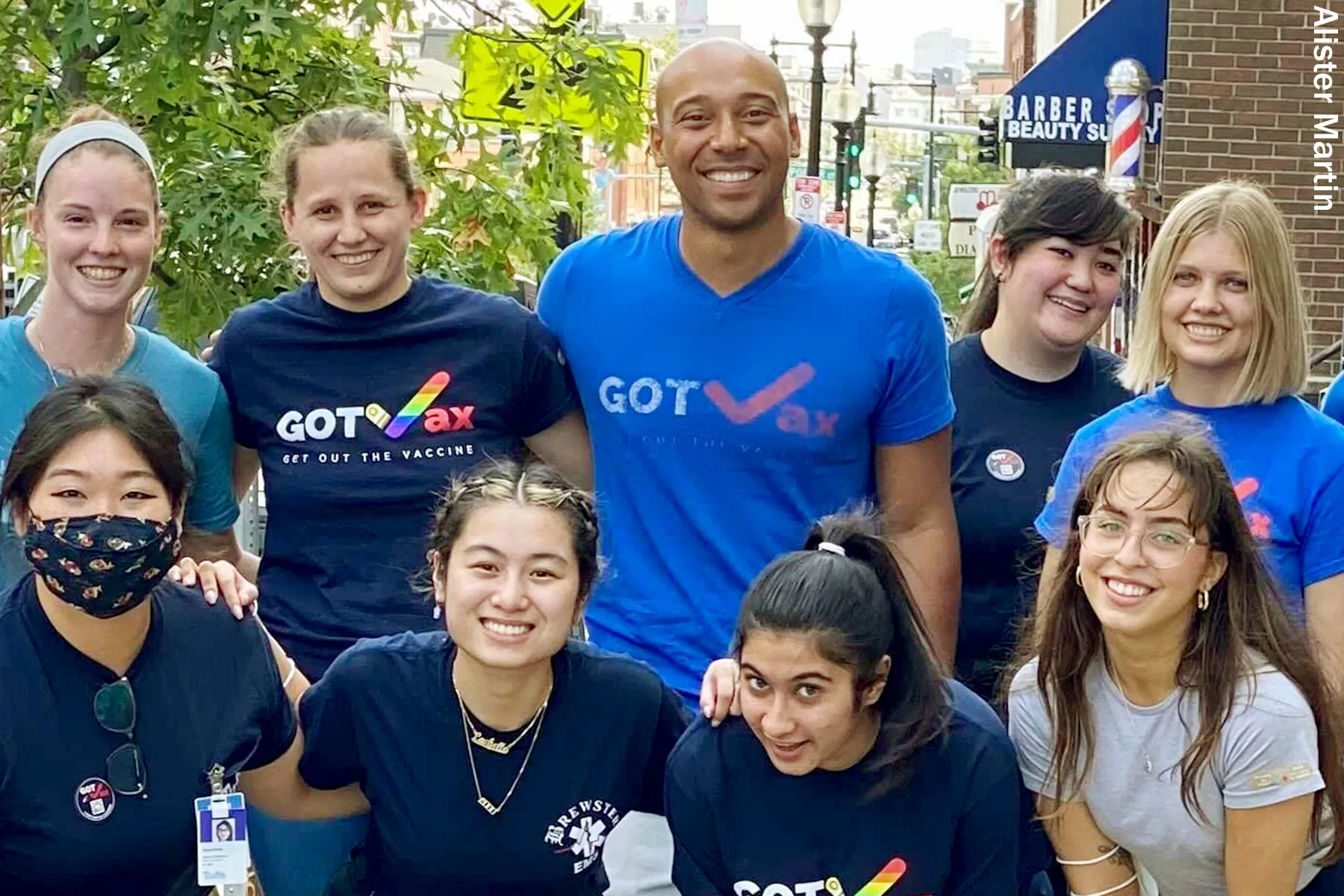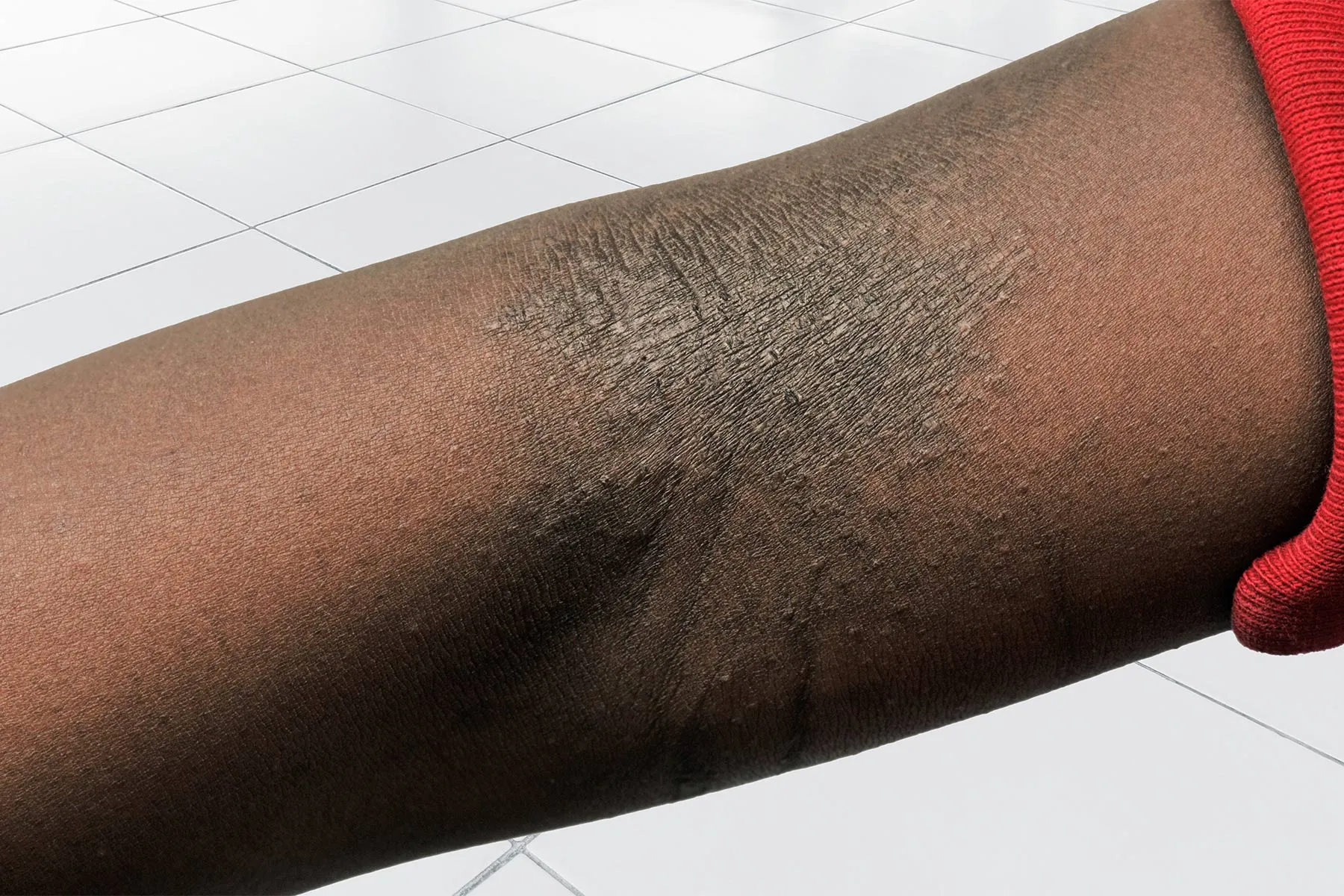Higher Money Bail Doesn’t Lead to Greater Public Safety: Study
A study of court records in Miami-Dade County shows raising bail amounts for more serious offenses has no impact on recidivism. Using a defendant’s prior criminal history to determine bail would be a better approach, argue two criminologists at Florida International University.

The U.S. bail system relies heavily on the imposition of cash bonds to secure the pretrial release of criminal defendants awaiting trial, despite widespread criticism that the state unfairly punishes indigent criminal defendants with pretrial jail confinement solely because of their inability to pay the cash bond.

Stewart D’Allessio
Many large jurisdictions use a bond schedule to establish the amount of money a criminal defendant must pay to be released from jail pretrial. The bond schedule typically uses the seriousness of the criminal offense to determine the amount of money needed for bail.
The more serious the crime, the higher the bail amount.
If a criminal defendant cannot afford to pay bail or the defendant’s alleged offense is very serious, a judge then decides bail at first appearance.
Using data drawn from the Bureau of Justice Statistics’ State Court Processing Statistics (SCPS) program dataset for Miami-Dade County, we assess whether relying on crime seriousness in establishing bail amount is an effective strategy in protecting the community from criminal defendants released pretrial.

Lisa Stolzenberg
Miami-Dade County is a large jurisdiction that relies on a bond schedule to determine pretrial release. Of the 5,673 felony cases filed in Miami-Dade County between 1990 and 2009, 60 percent of these defendants were released pretrial.
Out of the defendants released pretrial, 13.7 percent were rearrested for committing a new crime. The average time on pretrial release prior to rearrest was 124 days.
Figure 1 below graphically depicts the relationship between bail amount and rearrest. Although higher bail amounts are imposed to make it more difficult for potentially dangerous defendants to be released back into the community pretrial, a visual examination of Figure 1 shows the exact opposite.
As the amount of bail increases, the percent of released defendants rearrested also rises. If higher bail amounts were protecting the community by impeding the release of high-risk defendants pretrial, one would expect little association between bail amount and pretrial failure.
However, based on the data portrayed in Figure 1, higher bail amounts do not appear to be elevating community safety to any substantial degree.

Figure 1. Percent of felony defendants released on bail who were rearrested pretrial
We argue that community safety can be improved dramatically by emphasizing a defendant’s prior criminal history when determining bail.
Figure 2 below graphically depicts the percent of felony defendants rearrested pretrial by their felony conviction record. The positive association between the number of prior felony convictions and pretrial failure suggests that policymakers may wish to redirect their attention to a defendant’s prior criminal history when deciding pretrial release.
Such a change is not legally problematic because the state can legitimately consider various factors, such as the defendant’s threat to the community and the prospect of flight from prosecution, when evaluating whether a criminal defendant can safely be released back into the community while awaiting trial.
Additionally, because crime seriousness plays a salient role in the setting of bail, community safety might be better enhanced by the reduction or elimination of cash bail and a greater reliance on a defendant’s prior criminal history when making pretrial release decisions.

Figure 2. Percent of felony defendants rearrested pretrial by their felony conviction record
Lisa Stolzenberg, Ph.D. is Professor and Chair of the Department of Criminology and Criminal Justice at Florida International University. Stewart J. D’Alessio is a professor of criminology and criminal justice at Florida International University. They welcome readers’ comments.

 Landwebs
Landwebs 






















